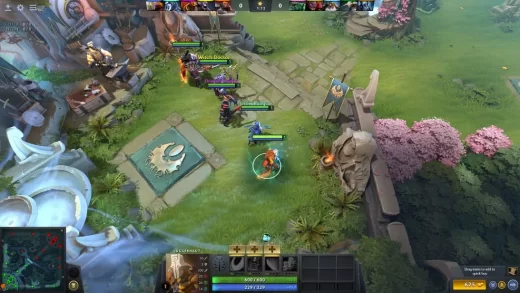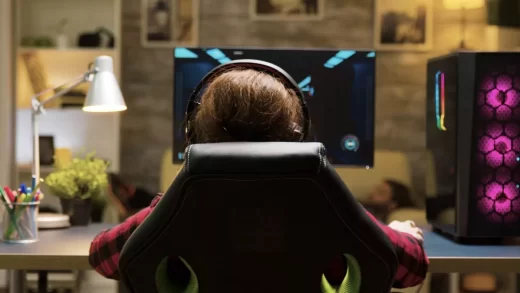Gaming, once considered mere entertainment, has evolved into a powerful medium that not only immerses players in virtual worlds but also evokes real emotions and experiences. From heart-pounding adventures to thought-provoking narratives, the artistry of gaming has the ability to move players in profound ways. In this article, we will delve into the world of gaming as an art form, exploring how it creates virtual landscapes that resonate with real emotions and experiences.
Table of Contents
- Introduction
- The Evolution of Gaming
- Immersion and Emotional Connection
- The Power of Storytelling
- Artistic Expression in Game Design
- Gaming as a Social and Emotional Outlet
- The Influence of Music and Sound
- Games as a Catalyst for Empathy
- The Boundless Potential of Virtual Reality
- Conclusion
Introduction
Gaming has transcended its initial purpose of entertainment, becoming a canvas for artistic expression and a means of connecting players with a wide range of emotions and experiences. As technology advances, the art of gaming continues to evolve, offering players new ways to engage with virtual worlds.
The Evolution of Gaming
Gaming has come a long way since its inception. From the pixelated landscapes of early arcade games to the sprawling, lifelike environments of today, gaming has undergone a remarkable transformation, making it a medium capable of delivering profound emotional experiences.
Immersion and Emotional Connection
The immersive nature of modern gaming is one of its defining features. Players can become deeply engrossed in the worlds they explore, forging emotional connections with characters and narratives that resonate on a personal level.
The Power of Storytelling
Games have embraced storytelling as an art form. Titles like “The Last of Us” and “Red Dead Redemption 2” deliver narratives that rival those of acclaimed novels and films, provoking complex emotions and moral dilemmas.
Artistic Expression in Game Design
Game designers employ artistic creativity to craft visually stunning and thematically rich experiences. The visual aesthetics and creative design of games contribute significantly to the emotional impact they have on players.
Gaming as a Social and Emotional Outlet
For many, gaming serves as a means of social interaction and emotional outlet. Online multiplayer games foster connections with friends and strangers alike, while single-player experiences provide solace and introspection.
The Influence of Music and Sound
The music and soundscapes of games play a pivotal role in shaping emotional experiences. Well-composed soundtracks can evoke feelings of tension, nostalgia, joy, or melancholy, enhancing the overall emotional depth of a game.
Games as a Catalyst for Empathy
Some games tackle real-world issues and encourage players to walk in the shoes of others. Titles like “That Dragon, Cancer” and “Hellblade: Senua’s Sacrifice” strive to foster empathy and understanding.
The Boundless Potential of Virtual Reality
Virtual reality (VR) gaming takes immersion to the next level, allowing players to step into the game world physically. VR has the potential to create even more profound emotional experiences and connections.
Conclusion
Gaming has evolved into a multi-dimensional art form that can inspire, provoke, and deeply move players. Through immersive storytelling, artistic design, and emotional connections, gaming has become a medium that transcends mere entertainment. As technology continues to advance, the potential for gaming to elicit real emotions and experiences is boundless. It is a testament to the evolving artistry of gaming that we can explore virtual worlds and discover real emotions in the process. In this dynamic intersection of technology and creativity, the art of gaming continues to push boundaries and redefine what is possible.












